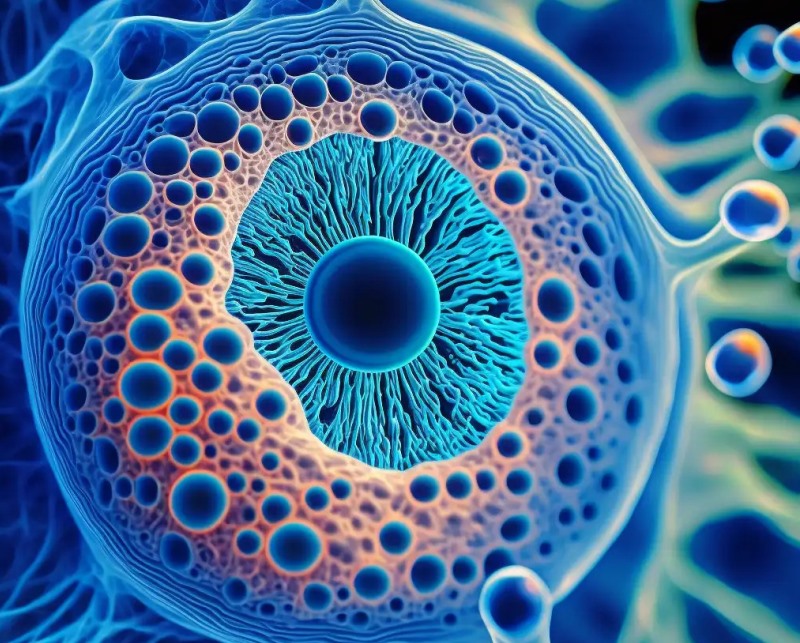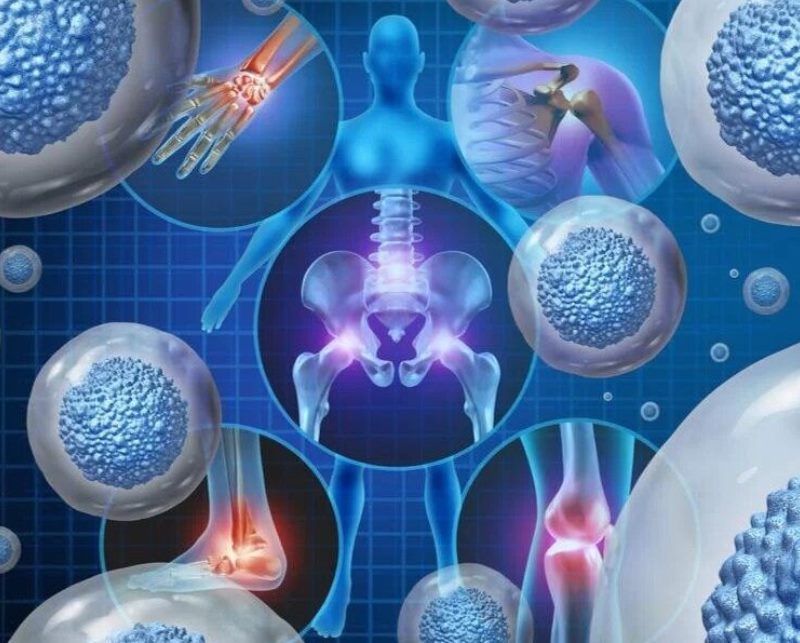Regenerative Medicine

What are Stem Cells?
Stem Cells are a form of regenerative medicine where the body’s raw materials- cells from which other cells with specialized function are generated. Stem cells are undifferentiated meaning they can become any type of cell they need to become. Stem cells promotes the repair response of diseased dysfunctional or injured tissue Many people can benefit from stem cells including those with osteoarthritis, tendon repair, and spinal cord issues.
Where do stem cells come from?
Adult Stem Cells
These stem cells are found in small numbers in most adult tissues, such as bone marrow or fat. Compared with embryonic stem cells, adult stem cells have a more limited ability to give rise to various cells of the body.
Until recently, researchers thought adult stem cells could create only similar types of cells. For instance, researchers thought that stem cells residing in the bone marrow could give rise only to blood cells.
However, emerging evidence suggests that adult stem cells may be able to create various types of cells. For instance, bone marrow stem cells may be able to create bone or heart muscle cells.
Umbilical/Perinatal Stem Cells
These stem cells are donated from amniotic fluid as well as umbilical cord blood from a newborn. This is a rich source of of mesenchymal stem cells. These stem cells have the ability to change into specialized cells. Umbilical cord blood contains blood-forming stem cells, which can renew themselves and differentiate into other types of cells.
Whartons Jelly
Whartons jelly is the gelatinous material that encases the umbilical blood vessels in the umbilical cord of a newborn, this is a rich source of stem cells.
Mesenchymal stem cells (MSCs)
These are multipotent stem cells found in bone marrow that are important for making and repairing skeletal tissues, such as cartilage, bone and the fat found in bone marrow.
Exosomes
Exosomes are derived from mesenchymal stem cells (MSC) and have shown promise in promoting tissue regeneration and repair in various injury models. Their cargo, including growth factors and mRNA, can stimulate new tissue growth, reduce
scar tissue formation, and modulate the immune response to promote wound healing.



What is PRP?
Platelet-rich plasma (PRP)
PRP is a therapy that uses injections of a concentration of a patient’s own platelets to accelerate the healing of injured tendons, ligaments, muscles and joints. In this way, PRP injections use each individual patient’s own healing system to improve musculoskeletal problems. PRP triggers tissue repair.
Plasma
Plasma transports nutrients, hormones, and proteins to the parts of the body where they are needed.
Platelets
Platelets detect damaged blood vessels and bind to them to promote wound healing.
What are Extracellular vesicles?
Extracellular vesicles act in cell-to-cell communication, delivering cargo from donor to recipient cells and modulating their physiological condition.
How are stem cells collected?
The procedures used to collect cord blood are safe and risk-free for both mother and baby. This is because the collection of cord blood is made from the placenta:
- after the baby is born;
- after the cord is cut and;
- after the placenta has been delivered.
After it has been collected it goes through a very rigorous sterilization procedure, and placed in a US tissue bank in accordance with CDC, FDA, and US Organ and Procurement and Transplantation Network policies. Anew You receives their stem cells from world renowned regenerative physician Dr Ian White’s laboratory Neobiosis.
What can we use stem cells, PRP, exosomes for?
Hair restoration, facial/body skin treatments, joint treatments.

Pricing
PRP for joint $525
Umbilical Stem Cells/Exosomes market price which varies.
anew you med spa
Why Choose Us

Experienced

Customized Treatment

